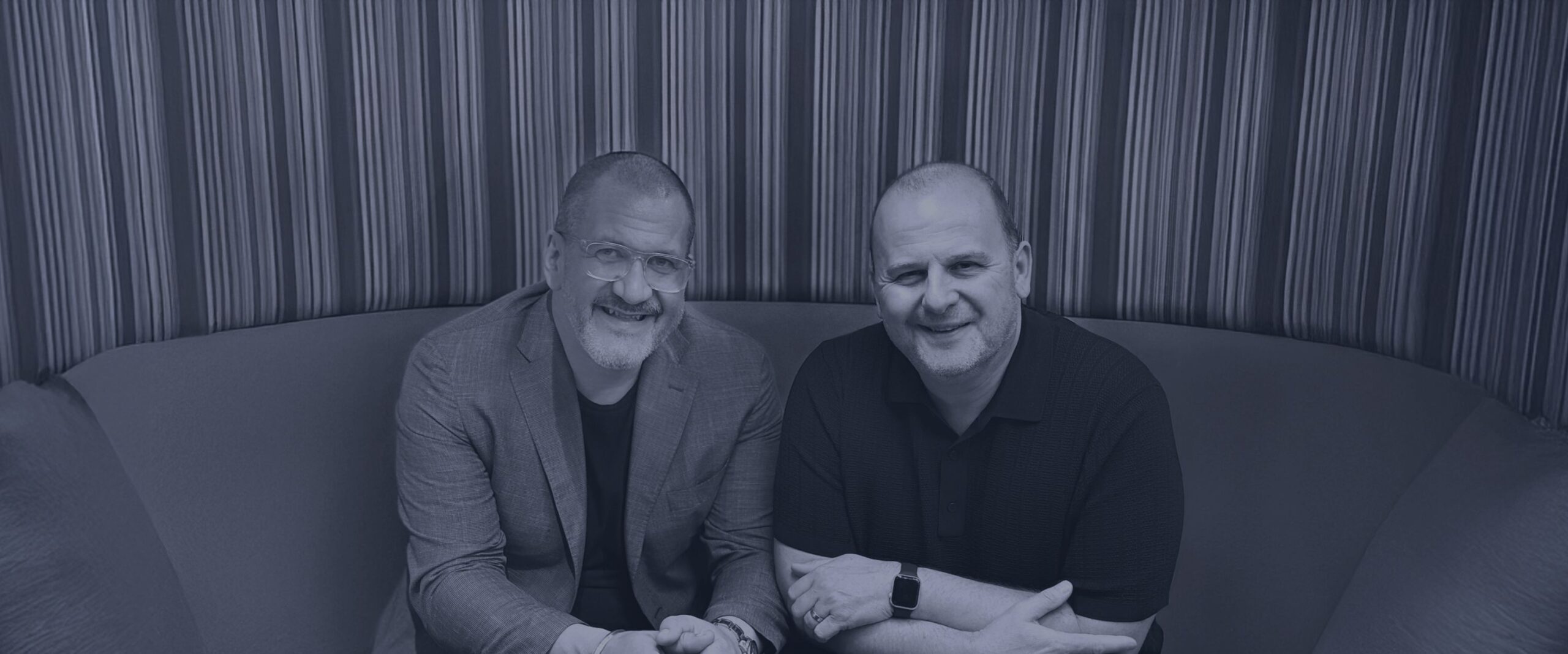Written by James Sanderson, Global President, InnerGroup.
The editorial was published in Performance Marketing World. Read the full Op-ed here.
For generations of creatives delivering the standout ‘big idea’ or the ‘galvanizing campaign platform’ has been the holy grail.
It’s time to change. In an age where mass personalization at scale is vital to provide cut through it can best be delivered by modular content – small, reusable assets that can be put together to create marketing resources.
And by using campaign platforms which facilitate the development, collection and management of creative ideas in one place. They have innate attributes of modularity, and are therefore ideally placed to create personalized, unique and standout communications.
This approach requires the creative process to be flipped on its head so big ideas can be built from the ground up.
Why modular-first?
If someone comes to you with a compelling thought that was put together just for you, you’re more likely to listen. That’s harder than ever to do with one fixed, big idea because you’re a moving target.
Your interests and habits are changing faster as you get exposed to more information. It’s the same for everyone else a marketer needs to make its brand relevant to.
Right now the answer is the creation of pre-approved individual chunks of content that come together to form an asset. A simple version of this might just be changing a headline to reflect weather data: “Phew what a scorcher!” in a heatwave to “Cats and Dogs” in a storm – and everything in between.
This content can include various elements though, such as different calls to action, pricing, headlines, pack-shots, foreground, background, colours – the list is endless, and so are the variables. This is modular content which can be personalized in new ways to generate cut through.
Personalization no longer an add-on
At this stage lots of creatives will be saying that their Cannes winning big ideas can work on any platform and be adapted and modularized, so what’s the argument?
That might be true, but it misses the point as the modularized bit is invariably an add-on, not central to the thinking. Consider a future where everything can be personalized. It won’t only be about data, processes or AI, the standout work that gets the tills ringing will be the work that flipped the thinking and got the most out of modularity.
It calls into question the way we create advertising and turns the thinking that has lasted for a hundred years on its head.
The big question is how many creatives can flip their approach?
Adopt a production mentality
For this modular approach to work effectively it requires the creative and production teams within an organization or an agency to work closer together.
The production team is well placed to help on the technical side in supporting the delivery of creative personalized campaigns at scale.
In fact, you could argue the whole process should be production first, using the attributes of modular content and applying creative thinking to it to form the new campaign platform.
Put the next generation of creatives in pole position
It’s the new generation of creatives who have a mindset that’s more in tune with this modular approach. They have come through with a different way of thinking, largely in terms of personalized content in an increasingly social media world. It means they are less wedded to big idea thinking.
Also, they arguably have a culture that’s more welcoming to this new way of working.
In-house agencies best placed to seize the opportunity
With in-house agencies establishing themselves as the primary ‘agency of record’, and usually having the same teams involved in creative and production, they are finding themselves better placed to deliver modular first content than an external creative agency that often hive off the production process.
Furthermore, the in-house agency will usually know a lot more about their customers and target audiences, which better enables data and creative convergence that can be used to effectively inform the personalized modular first process.
It’s also worth remembering that in-depth customer and audience data can’t often be shared with external agencies due to firewalls.
Flipping the creative
In-house teams and creative agencies that flip creative thinking to deliver modular first mass personalization at scale, and don’t view it as a side hustle in the pursuit of the ‘galvanizing campaign platform’, will usher in a new era of agility and flexibility in effectively delivering mass personalization. Only then will they benefit from increased sales, happy customers and clients, respectively.










